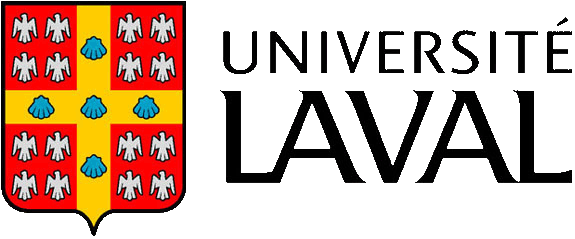Architecture Energy and the Occupant's Perspective
 __
__
Architecture Energy and the Occupant's Perspective
 __
__
| About Quebec city [français] .The weather network - Airport - Tourism Office - Google map |
Quebec City is the only walled city north of Mexico. The City is intimate and romantic, home to gracious architecture, proud French culture and international cuisine. The city's historic district is well preserved, recognized by UNESCO as a World Heritage Site, one of only two such designations in North America. Quebec is located on a natural citadel, a feature that Samuel de Champlain valued when he founded the city in 1608. Originally named "Kebec," which means "where the river narrows" in the Algonquin language, the town was the object of desire of both France and England, who fought over it during the 17th and 18th centuries. The English, who wrested control in 1759, contributed the walled fortifications, which are today a part of Quebec City's charm. Capital of Nouvelle-France and later of the English colony, Quebec City became the capital of the Province of Quebec in 1867. Today, there are about 600,000 people living in the greater Quebec City area. |
||
 |
||
photo : Victor Rodrigue, student Ms. Urban Design |
||
Inside The Walls The Upper Town's 17th and 18th century architecture, picturesque, narrow streets and numerous parks and monuments are separated from the Lower Town by a wall of steep rock, against which are built the city's more than 25 “escaliers”, or staircases. Saint Louis is one of the central avenues, along with Saint Paul, and Petit Champlain, the oldest commercial street in the city. Brush up on your French: 95 percent of the city's population is French speaking, although most also speak English. Quebec City is wonderfully walkable, so be sure to bring comfortable shoes. |
||
.jpg) |
||
photo : Victor Rodrigue, student Ms. Urban Design |